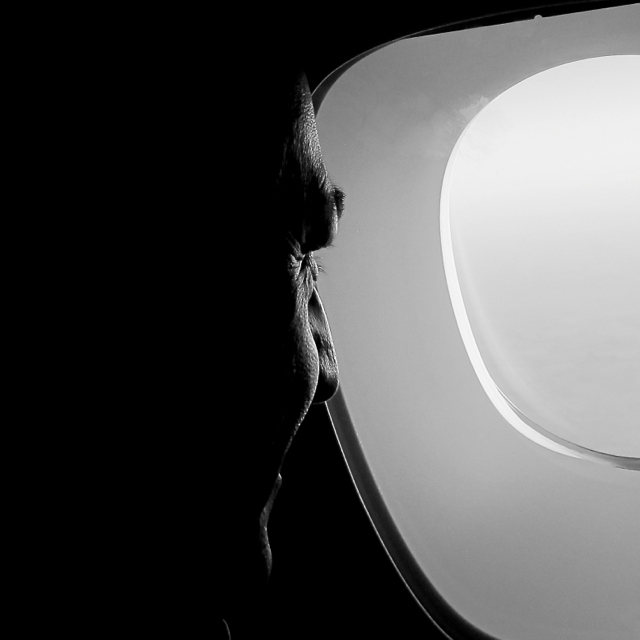FIRST OFFICERS UNDER THE SPOTLIGHT
13/12/10 19:15 Filed in: Air Safety | Aviation
Initial Reports Are Hard To Believe
Two recent incidents have come to light that have again raised the issue of inexperience on the flight deck.
As an Australian Senate Inquiry looks into Pilot Training, we hear of a Finnair First Officer selecting flaps up when the Captain asked for flaps full. Making the wing smaller at a time when the aircraft is slowing and approaching the ground is the prelude to a disaster, and the A320 dropped 450 feet below the glidepath.
At one stage the aircraft was 14 knots below the minimum speed for the configuration. He realised his mistake and reset the flaps while the quick- thinking skipper aborted the landing, making a go-around.
More frightening is the Air India Express First Officer who, when the Captain was taking a toilet break, disconnected the auto-pilot and pushed the aircraft into a dive whilst failing to answer the Captain’s requests to unlock the door.
The Skipper used the emergency code to gain access to the flight deck, then tried to recover the dive, using 120 lbs force on the ageing 737s controls. But the First Officer was applying 200 lbs force in the opposite direction! The aircraft had oversped to Mach 0.82 and lost 7,000 feet.
The FO claimed to have ‘blacked-out’.
These are both two-crew air transport planes and the First Officer is not only an integral part of the crew, but the last line of defence; supposed to save the day if the Captain becomes incapacitated.
They are not meant to be ‘paid-passengers’.
It’s about time the public demanded to know just how qualified the people sitting up front really are.
December 13th 2010
Finnair incident HERE
Air India Express incident HERE
________________________________
Two recent incidents have come to light that have again raised the issue of inexperience on the flight deck.
As an Australian Senate Inquiry looks into Pilot Training, we hear of a Finnair First Officer selecting flaps up when the Captain asked for flaps full. Making the wing smaller at a time when the aircraft is slowing and approaching the ground is the prelude to a disaster, and the A320 dropped 450 feet below the glidepath.
At one stage the aircraft was 14 knots below the minimum speed for the configuration. He realised his mistake and reset the flaps while the quick- thinking skipper aborted the landing, making a go-around.
More frightening is the Air India Express First Officer who, when the Captain was taking a toilet break, disconnected the auto-pilot and pushed the aircraft into a dive whilst failing to answer the Captain’s requests to unlock the door.
The Skipper used the emergency code to gain access to the flight deck, then tried to recover the dive, using 120 lbs force on the ageing 737s controls. But the First Officer was applying 200 lbs force in the opposite direction! The aircraft had oversped to Mach 0.82 and lost 7,000 feet.
The FO claimed to have ‘blacked-out’.
These are both two-crew air transport planes and the First Officer is not only an integral part of the crew, but the last line of defence; supposed to save the day if the Captain becomes incapacitated.
They are not meant to be ‘paid-passengers’.
It’s about time the public demanded to know just how qualified the people sitting up front really are.
December 13th 2010
Finnair incident HERE
Air India Express incident HERE
________________________________
